NFL
Lions vs Dolphins — Watch, Odds, Matchups & Fan Guide
Get a clear, no-nonsense guide to Lions vs Dolphins—numbers translated, tactics that actually matter, and practical watch details in one place. When you’re ready to show your colors, FlagOh has rivalry-ready options.
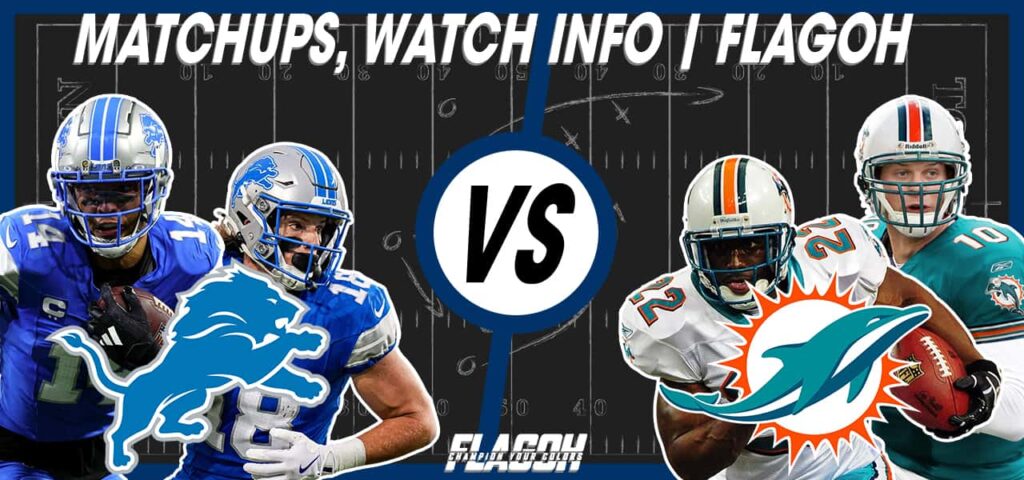
Lions vs Dolphins — Matchup Keys & Scheme Chess
Whiteboard ideas translated into what you’ll actually notice in Lions vs Dolphins—how protections sort pressure, how motion creates leverage, and where trench wins accumulate.
Lions Offense vs Dolphins Defense
- Red-zone: MIA 3/5 (60%), DET 2/4 (50%)—Miami converted slightly better when it mattered.
- Protection IDs vs simulated pressure: Expect Miami to threaten with mug looks and creepers; Detroit’s protection rules (RB scan help, center IDs) must stay clean.
- Two-high answers: When Miami spins late, Detroit’s answers are quick RPOs, glance routes, and TE seams to punish space.
- Explosives: Detroit wants 3–4 shots ≥15 air yards; hit one per half, and the complexion changes.
Dolphins Offense vs Lions Defense
- Miami sustained drives (7/13 3rd down) and gained more per throw (6.3 vs 5.2 YPP), which kept the call sheet open.
- Motion/speed stress: Miami’s fast motion widens flats and the hook/curl. Detroit’s corner leverage and safety overlap must be disciplined.
- Middle-of-field (MOF) usage: Glance/dig in rhythm; Detroit counters with match rules and LB depth alterations.
- Play-action & RPO: Expect early down play-action (under center or pistol) to hold LBs and open crossers.
Trenches That Swing It
- Sack-per-dropback: DET 9.1% vs MIA 2.4%—Miami stayed on schedule.
- Run-block win rate vs stuff rate: RBWR ≥72% or stuff rate ≤18% usually preserves run/pass balance.
- Rushing efficiency: MIA 97 on 20 (4.9 YPC) vs DET 104 on 30 (3.5 YPC). Short-yardage tilt: DET 4th-down 3/3, MIA 0/1.
Hidden Yards
- Field position came from special teams and penalties; MIA 5.8 vs DET 4.3 YPP added the cumulative edge (30:19 vs 29:41 TOP).
- Turnover bounces can shift ~3–7 points from expectation.
Use a simple live checklist: if Detroit keeps five-man protections tidy, expect deeper shots; if Miami’s motion earns free cushion, quick hitters and RPOs will stack efficient gains. A pressure-to-sack rate that stays low keeps both offenses on schedule; a spike in penalties or a sudden swing in net punt flips hidden yards—and often the game.
At-a-Glance Snapshot
A 30-second control panel for Lions vs Dolphins—kickoff window, venue, where to watch, weather, and headline availability, all at a glance.
Kickoff Window & Venue
- Most common window: Typical windows: 1:00 p.m. ET Sundays or 8:15 p.m. ET primetime.
- Where it’s played matters:
TV/Stream by Country (US/UK/EU/CA)
- US: CBS/FOX/NBC/ESPN/Amazon (by slot) + provider apps; NFL+ for replays.
- UK/EU: Local rights vary (e.g., Sky/DAZN); on-demand via league partners.
- Canada: TSN/CTV or DAZN (NFL Game Pass).
Cord-cutters: YouTube TV/Hulu Live + NFL+ covers live + replays.
Current Spread/Total → Implied Scores
If books post MIA −2.5 and Total 46.5 (example only), the implied scoring is about MIA 24.5 – DET 22.0. See the calculator section below for the quick math.
Aug 16, 2025 (preseason): Miami 24–17 at Ford Field—useful context when benchmarking units.
Weather Blurb (wind/precip band)
- Detroit: Dome—negligible wind or precipitation.
- Miami: Humid; visitor sideline gets more sun—hydration, rotations, and shading still matter despite the canopy.
Headline Injury Note
Final Availability & Usage Notes (Aug 16, 2025 — Final)
- QBs: MIA Zach Wilson 15/23, 151, 1 TD, 0 INT; Quinn Ewers 11/17, 116, 2 TD, 0 INT (both led separate scoring stretches). DET Kyle Allen 14/17, 124, 2 TD; Hendon Hooker 6/13, 61, 0 TD, 1 INT.
- Top skill outputs: MIA WR Theo Wease Jr. 6-80-2 (9 targets); DET WR Jackson Meeks 7-93-1 (8 targets). MIA RB Ollie Gordon II 10-50 (5.0 YPC).
- Team efficiency: 3rd down MIA 7/13 vs DET 1/12; Red-zone MIA 3/5 vs DET 2/4; Penalties MIA 9-60 vs DET 13-86. Attendance: 47,684 at Ford Field.
Head-to-Head & Rivalry History
Use past meetings as context—pace, explosives, and late-game execution—rather than nostalgia.
Series Record & Recent Trends
- All-time (regular season): Dolphins lead 8–5 over 13 meetings; no playoff games between them.
Last Meeting Recap
- Aug 16, 2025 (preseason): Dolphins 24–17 at Ford Field; two second-half TDs from rookie QB Quinn Ewers sealed it. Attendance reported 47,684.
Top 5 Memorable Lions–Dolphins Games
- 1973: Dolphins 34–7—pillar of Miami’s 70s dominance.
- 1985: Lions 31–21—Silver & Blue punch-back moment.
- 1997: Dolphins 33–30—track meet; late game-winning sequence.
- 2014: Tactical grind decided by late situational stops.
- 2022: High-tempo fireworks; modern preview of motion-based stressors.
Now translate the history into a plan: tag recurring traits (who wins the middle of the field, who finishes red-zone trips, who flips field position), separate preseason noise from regular-season signal, and note any scheme or personnel shifts that break old trends. Then jump to “Matchup Keys & Scheme Chess” and “Convert Odds to Implied Scores” to align what the tape used to show with what the numbers suggest today. And if your living room is split, cap it with an NFL House Divided Flag—the perfect truce for game day.”
Convert Odds to Implied Scores
Translate spread/total into team targets, then choose the cleaner angle—full game, team totals, or derivatives (1H/2H, alt-lines).
Current Market Snapshot (spread/total/moneyline)
- Spread aligns with perceived QB health and OL continuity.
- Totals react fastest to QB plan + weather/roof.
Line Movement (open → current + likely catalysts)
- Track market-making steam on QB/LT/CB news and wind bands (≥15–18 mph). Shop early to protect CLV; if your model disagrees, pivot to derivatives.
Implied Score Method & Alt-Line Cheat Sheet
Quick math (example):
- Total 46.5, Spread MIA −2.5
- Favorite share = (Total/2) + (Spread/2) = 23.25 + 1.25 = 24.5
- Underdog share = Total − Favorite share = 22.0
Alt-line guide:
- MIA −5.5 ≈ 25.5–21.0
- MIA +0.5 ≈ 23.5–23.0
Use this to translate any market into a working score you can compare to your own model.
Team Totals & CLV Notes
Team totals translate market sentiment into targetable numbers.
- If the full-game total feels sharp, compare team totals to your projection.
- Guard closing line value (CLV) by tracking consensus line and watching the steam at market-making books.
- Prefer derivatives (1H/2H, alt lines) when edges concentrate in a single game phase.
With your implied scores set, sanity-check them against your own model, then map them to actions: shortlist props that fit the script (favorites by >3 often boost RB attempts; projected trails nudge WR/TE volume), set alert thresholds for key news, and record open vs close to grade your CLV. If you’ve missed the best number, resist the chase—wait for live opportunities that align with your script and feed the updated targets into “Players to Watch & Prop Angles” and the At-a-Glance card.
Game-Week Checklist & Timeline
This timeline turns scattered prep into a simple, repeatable routine—so you know exactly what to do and when. It aligns your watch plan, numbers, and gear in one place, then stages the final checks right before kickoff. Use it to stay calm, decisive, and ready for Lions vs Dolphins without scrambling.
- 48–24 Hours Out:
- Lock watch plan (broadcast/OTT) and recording for replays.
- Save your base implied score and weather bands; note travel & rest factors.
- Prep your FlagOh setup (mount, size, lighting) so game day is plug-and-play.
- 90 Minutes Out — Inactives & Last Checks:
- Confirm inactive list and any practice-squad elevations.
- Re-price mismatches in team totals or props if roles shift.
- 30 Minutes Out — Market & Props: Scan for last-minute steam, line drift, and alt-line value.
- Kickoff — What to Track Live: Tempo, injury substitutions, penalty rate trend (DPI/holding), and wind on special teams.
Log what moved markets and what changed on-field to refine thresholds—steady, systemized decisions over time.
How to Watch & Start Time
Use this section to turn the schedule into a simple plan: convert the kickoff to your local clock, pick a legal stream, and set a backup replay so you don’t miss a snap of Lions vs Dolphins. It also points you to radio options and the small print—like regional rights and device quirks—so game day is smooth.
Start Times by Region:
- If 1:00 p.m. ET kickoff: 12:00 CT • 11:00 MT • 10:00 PT • 18:00 UK (BST) • 19:00 CET.
- If 8:15 p.m. ET primetime: 7:15 CT • 6:15 MT • 5:15 PT • 01:15 UK • 02:15 CET (next day).
TV/Streaming Matrix (broadcast/cable/OTT, replays/DVR):
- Broadcast/Cable: CBS/FOX for Sunday day; NBC/ESPN/Amazon for prime windows.
- OTT: YouTube TV, Hulu Live, Fubo, Paramount+, Peacock, ESPN app (region-locked in some markets; check device lists and free trial offers).
- International: NFL Game Pass International on DAZN; Sky Sports (UK) and TSN/CTV (Canada) carry select windows.
- Replays/DVR: NFL+ condensed replays; provider cloud DVR for full replays
Radio, Spanish & International Feeds: Team flagship stations + iHeart/Radio.com; Spanish audio often available in South Florida markets.
Blackouts & Legit Options (evergreen explainer): Local/primetime rights vary. Use league partners or network apps with location services enabled.
Test app login, confirm your channel package, and set a DVR/NFL+ fallback. If you’re hosting, share the start time in everyone’s local zone and keep a radio link handy—then jump to “Convert Odds to Implied Scores” or “Matchup Keys & Scheme Chess” to know what to watch for once the broadcast starts.
Projected Lineups & Rotations
Use this section to sanity-check who actually takes the field they’re used to. We’ll outline likely starters, core personnel groupings (11/12/21), and the situational packages that matter—third-down, red-zone, two-minute, and four-minute. Treat it as a living snapshot you’ll refine with the 90-minute inactives, practice-squad elevations, and any last-second depth-chart shuffles.
- Detroit (offense): QB snaps split (Hendon Hooker/Kyle Allen). WR Jackson Meeks 8 targets (27.6% share), 7–93–1; fourth down 3/3.
- Miami (offense): QBs Zach Wilson (15/23, 151, 1 TD) and Quinn Ewers (11/17, 116, 2 TD) led separate scoring stretches. WR Theo Wease Jr. 9 targets (22.5%), 6–80–2; RB Ollie Gordon II 10–50 (5.0 YPC).
- Team efficiency: third down MIA 7/13 (53.8%) vs DET 1/12 (8.3%); red zone MIA 3/5 (60%) vs DET 2/4 (50%); penalties MIA 9–60 vs DET 13–86; yards per play MIA 5.8 vs DET 4.3; attendance 47,684.
- How to read it: third-down and sack-per-dropback kept Miami on schedule; target share plus red-zone trips guided props and usage reads for the next week.
Confirm the picture early: track the first two drives for snap shares, third-down personnel, and red-zone roles. If rotations deviate from this baseline, adjust expectations—pass rate, prop targets, and player spotlights—then cross-reference Injuries & Availability and Players to Watch & Prop Angles to keep your read aligned with what’s actually happening on the field.
Venue, Weather & Officiating Context
This section turns surroundings into on-field expectations—how surface and micro-climate shape footing and fatigue, how the officiating crew’s penalty profile tilts efficiency, and how rest/travel rhythms nudge tempo. In Lions vs Dolphins, these small contextual levers often decide whether drives stall or stack, and why a total lands just over or just under.
- Stadium & Surface
- Weather Thresholds (wind/rain effects)
- Detroit (Ford Field): indoor — ignore wind and precipitation.
- Miami (Hard Rock): open-air with canopy — watch the heat index and sun on the visitor bench.
- Wind bands (outdoor): 12–15 mph dents deep passing and special teams; ≥18 mph pushes totals down quickly.
- Heat/humidity: raises cramp risk and forces deeper rotations; can slow tempo in Q2/Q3.
- Officiating Crew Tendencies
- DPI/holding-heavy crews inflate totals; false-start-heavy crews stall drives. (Check the weekly crew assignment on game day.)
- Travel & Rest Edges (Short Week, Bye-Week, Time-Zone Shift)
- Short week offenses simplify menus; explosive rate can dip.
- Bye-week teams install wrinkles; scripted series lengthen.
- Time-zone shift (east↔west) can affect early-game pace—note it in your implied totals.
Put it to work: confirm indoor/outdoor conditions and likely wind band, scan the crew’s recent penalty mix, and note any short-week or time-zone shift. If multiple signals point to a slower pace (e.g., heat plus short rest), shade your implied total down and prioritize efficiency props; if the crew trends toward DPI/holding with benign weather, lean into explosives and pass-volume projections.
Players to Watch & Prop Angles
This section bridges tape to tickets—who actually dictates leverage, which usage rates convert to edges, and how to stack pieces without double-counting risk. It’s the fastest path from matchup notes to a tight prop short-list for Lions vs Dolphins, with just enough context to stay precise rather than speculative.
High-Leverage Matchups
- WR vs CB: Speed vs physicality—who controls leverage at the break point?
- TE vs LB/S: Can Detroit force base looks? Can Miami hold up in space?
- Edge vs Tackles: If pressure-to-sack stays <18%, offenses stay on schedule.
Usage & Rate Stats That Translate to Props/Fantasy
- Target/finish leaders:
- MIA WR Theo Wease Jr. 6-80-2 on 9 targets (22.5% team target share);
- DET WR Jackson Meeks 7-93-1 on 8 targets (27.6%).
- These profiles would have pointed to TD/alt-yards ladders on Wease and receptions/alt-yards on Meeks. Miami red-zone 3/5; Detroit 2/4.
- RB receiving routes ≥18–22 often correlate with reception props hitting.
DFS & Prop Correlations
- Pair QB with primary pass-catcher; add a bring-back from the other side in higher totals.
- For props, correlate target share with aDOT and RZ targets; avoid negative-correlation combos.
- Ownership/chalk notes: leverage comes from secondary options in consolidated offenses.
Sanity-check your picks against the implied score and likely game script, then lock only the plays that align on matchup + usage + price. In-game, watch for role swaps (slot vs perimeter, press vs off, RB routes vs chips) and adjust with live markets instead of forcing pregame numbers. Tag what worked and why, so next week’s shortlist builds itself.
Stadium Logistics & Visitor Guide for Lions vs Dolphins
Use this as your stadium-day playbook: confirm your mobile tickets (add to Wallet and keep a screenshot backup), check cashless payment options, pick a section that fits your vibe (families vs. louder corners), and note the venue’s bag rules. Map your public-transit route and a backup rideshare plan, skim any gameday promos, and flag ADA support if someone in your group needs assistance.
- Tickets & Seating Tips (sightlines, family sections)
- Detroit: Lower bowl corners = budget sightlines; club levels for families.
- Miami: Seek home-side shade under the canopy; visitors sit sunnier.
- Parking, Bag Policy & Entry Timing
- Arrive 60–90 minutes early; check clear-bag rules and mobile ticket connectivity. Confirm the lot/zone on your pass, and identify the rideshare pickup before the gates close. If available, use public transit to skip surge pricing after the final whistle.
- Public Transit & Rideshare
- Identify your public transit route and last departure times.
- Set a meeting point near the designated rideshare pickup zone to avoid postgame congestion.
- If you’re hauling a new FlagOh pole or bracket, verify venue rules for carry-ins.
- Tailgate Notes, Promotions & Gameday Giveaways
- Team sites list promos by game week—add them to your plan to save time at gates.
- Accessibility & Visitor Tips
- Both venues support ADA seating—reach out via team channels ahead of gameday for the smoothest entry and assistance.
- Photo-ready at home? FlagOh specs at a glance:
- Material: High-quality flax polyester—waterproof, weather-resistant, UV-resistant, fade-resistant, and built to last.
- Print: Double-sided; artwork and wording read correctly on both sides.
- Sizes:
- Garden Flag — 12×18 in (double-sided; sleeve on the short side)
- House Flag — 28×40 in (double-sided; sleeve on the short side)
- Wall Flag — 36×60 in (sleeve or grommets on the short side)
- Custom sizes: Need a massive flag or banner? Any size is possible—just contact FlagOh.
- Themes: Rivalry and Lions vs Dolphins House Divided flag, Lions flag, Dolphins flag options available
- Uses: Welcome guests and make a statement in your backyard, lawn, garden, or villa.
With logistics locked, set a leave-time reminder 30–45 minutes earlier than you think, charge phones (pack a power bank), and prep a simple weather kit (sunscreen or a light poncho). Agree on a postgame meetup point before kickoff, and, if traveling with kids or seniors, contact the venue’s ADA desk for the smoothest entry path. Then jump back to “Matchup Keys & Scheme Chess” and “Convert Odds to Implied Scores” so you know exactly what to watch once the broadcast (or the opening kick) starts.
Quick FAQs
Think of this as a one-screen cheat sheet—clean, one-line answers you can scan in seconds. It’s ideal for last-minute checks before kickoff or when someone pings you mid-week and you need a crisp, confident reply.
Are the Lions and Dolphins in the same conference?
No. Detroit is NFC, Miami is AFC—they meet less often, adding novelty.
How often do they play, and where is the next meeting?
Typically, every 4 years (interconference rotation), plus preseason or flex scheduling.
What channel/stream usually carries the game?
Sunday daytime: CBS/FOX; primetime: NBC/ESPN/Amazon. Streams via provider apps + NFL+ replays.
Can weather or roof decisions change the start time?
- Detroit: No—indoor.
- Miami: Weather delays can occur in severe storms; otherwise, play proceeds with canopy coverage.
Is the starting QB expected to play?
- Preseason: Often 1–3 series.
- Regular season: Full workload unless injury/rotation dictates otherwise
If you need more than quick hits, jump to How to Watch & Start Time for listings and devices, Convert Odds to Implied Scores to convert lines into projected points, and Matchup Keys & Scheme Chess for what to focus on once the game starts. That’s your streamlined game plan for Lions vs Dolphins—lock the local kickoff, choose a reliable stream, translate the line into targets, and watch the few matchups that actually swing drives. Bookmark this guide for quick pregame checks, share it with your crew, and finish the look with FlagOh rivalry flags —or an NFL House Divided flag—so your space is ready before the opening snap.

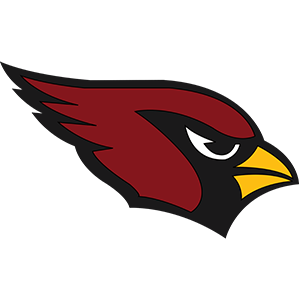 Arizona Cardinals Flag
Arizona Cardinals Flag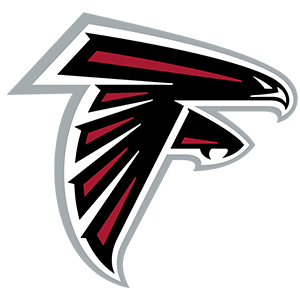 Atlanta Falcons Flag
Atlanta Falcons Flag Baltimore Ravens Flag
Baltimore Ravens Flag Buffalo Bills Flag
Buffalo Bills Flag Carolina Panthers Flag
Carolina Panthers Flag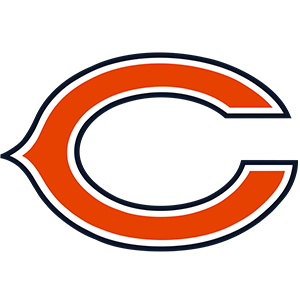 Chicago Bears Flag
Chicago Bears Flag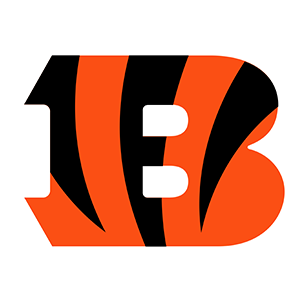 Cincinnati Bengals Flag
Cincinnati Bengals Flag Cleveland Browns Flag
Cleveland Browns Flag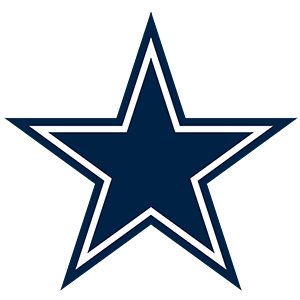 Dallas Cowboys Flag
Dallas Cowboys Flag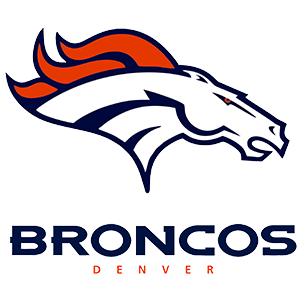 Denver Broncos Flag
Denver Broncos Flag Detroit Lions Flag
Detroit Lions Flag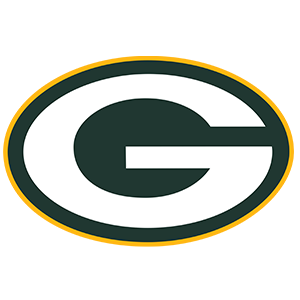 Green Bay Packers Flag
Green Bay Packers Flag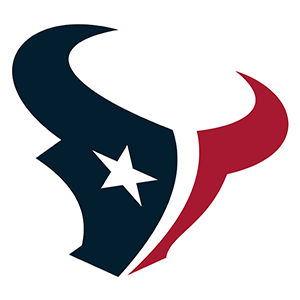 Houston Texans Flag
Houston Texans Flag Indianapolis Colts Flag
Indianapolis Colts Flag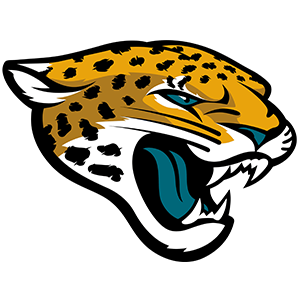 Jacksonville Jaguars Flag
Jacksonville Jaguars Flag Kansas City Chiefs Flag
Kansas City Chiefs Flag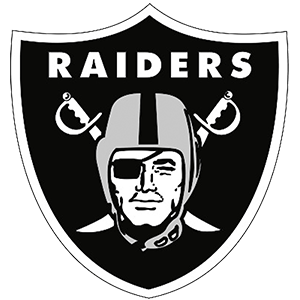 Las Vegas Raiders Flag
Las Vegas Raiders Flag Los Angeles Chargers Flag
Los Angeles Chargers Flag Los Angeles Rams Flag
Los Angeles Rams Flag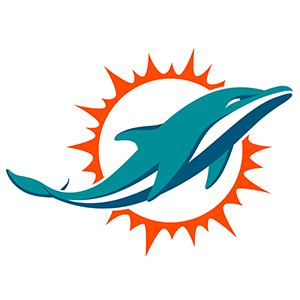 Miami Dolphins Flag
Miami Dolphins Flag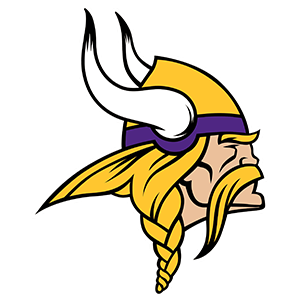 Minnesota Vikings Flag
Minnesota Vikings Flag New England Patriots Flag
New England Patriots Flag New Orleans Saints Flag
New Orleans Saints Flag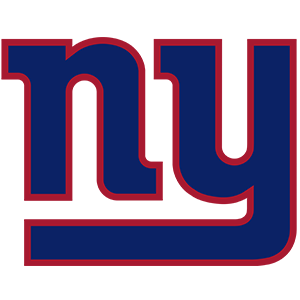 New York Giants Flag
New York Giants Flag New York Jets Flag
New York Jets Flag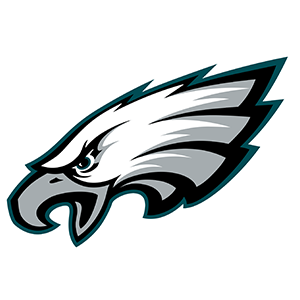 Philadelphia Eagles Flag
Philadelphia Eagles Flag Pittsburgh Steelers Flag
Pittsburgh Steelers Flag San Francisco 49ers Flag
San Francisco 49ers Flag Seattle Seahawks Flag
Seattle Seahawks Flag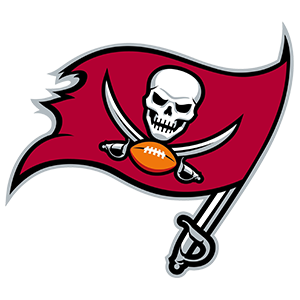 Tampa Bay Buccaneers Flag
Tampa Bay Buccaneers Flag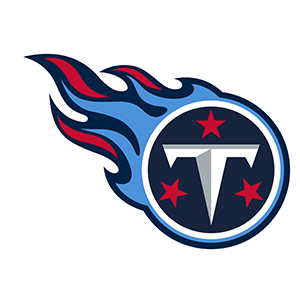 Tennessee Titans Flag
Tennessee Titans Flag Washington Commanders Flag
Washington Commanders Flag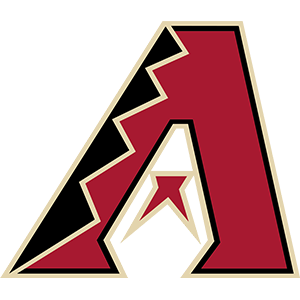 Arizona Diamondbacks Flag
Arizona Diamondbacks Flag Atlanta Braves Flag
Atlanta Braves Flag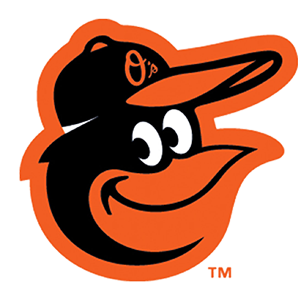 Baltimore Orioles Flag
Baltimore Orioles Flag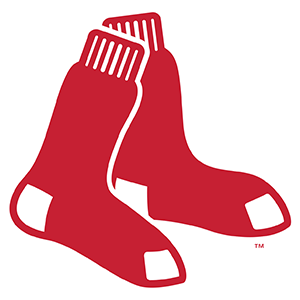 Boston Red Sox Flag
Boston Red Sox Flag Chicago Cubs Flag
Chicago Cubs Flag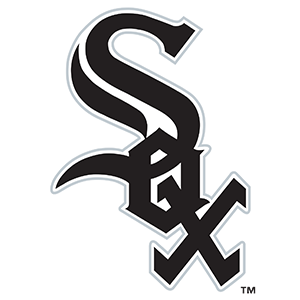 Chicago White Sox Flag
Chicago White Sox Flag Cincinnati Reds Flag
Cincinnati Reds Flag Cleveland Guardians Flag
Cleveland Guardians Flag Colorado Rockies Flag
Colorado Rockies Flag Detroit Tigers Flag
Detroit Tigers Flag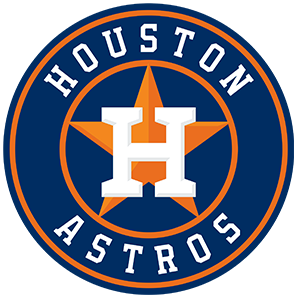 Houston Astros Flag
Houston Astros Flag Kansas City Royals Flag
Kansas City Royals Flag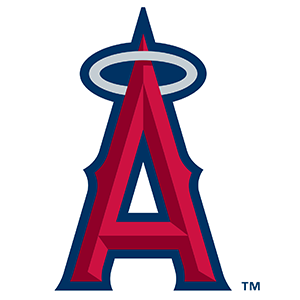 Los Angeles Angels Flag
Los Angeles Angels Flag Los Angeles Dodgers Flag
Los Angeles Dodgers Flag Miami Marlins Flag
Miami Marlins Flag Milwaukee Brewers Flag
Milwaukee Brewers Flag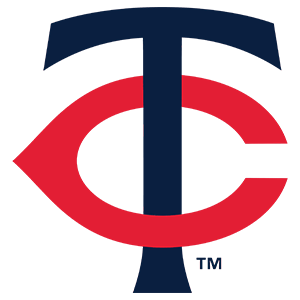 Minnesota Twins Flag
Minnesota Twins Flag New York Mets Flag
New York Mets Flag New York Yankees Flag
New York Yankees Flag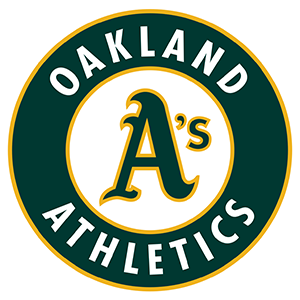 Oakland Athletics Flag
Oakland Athletics Flag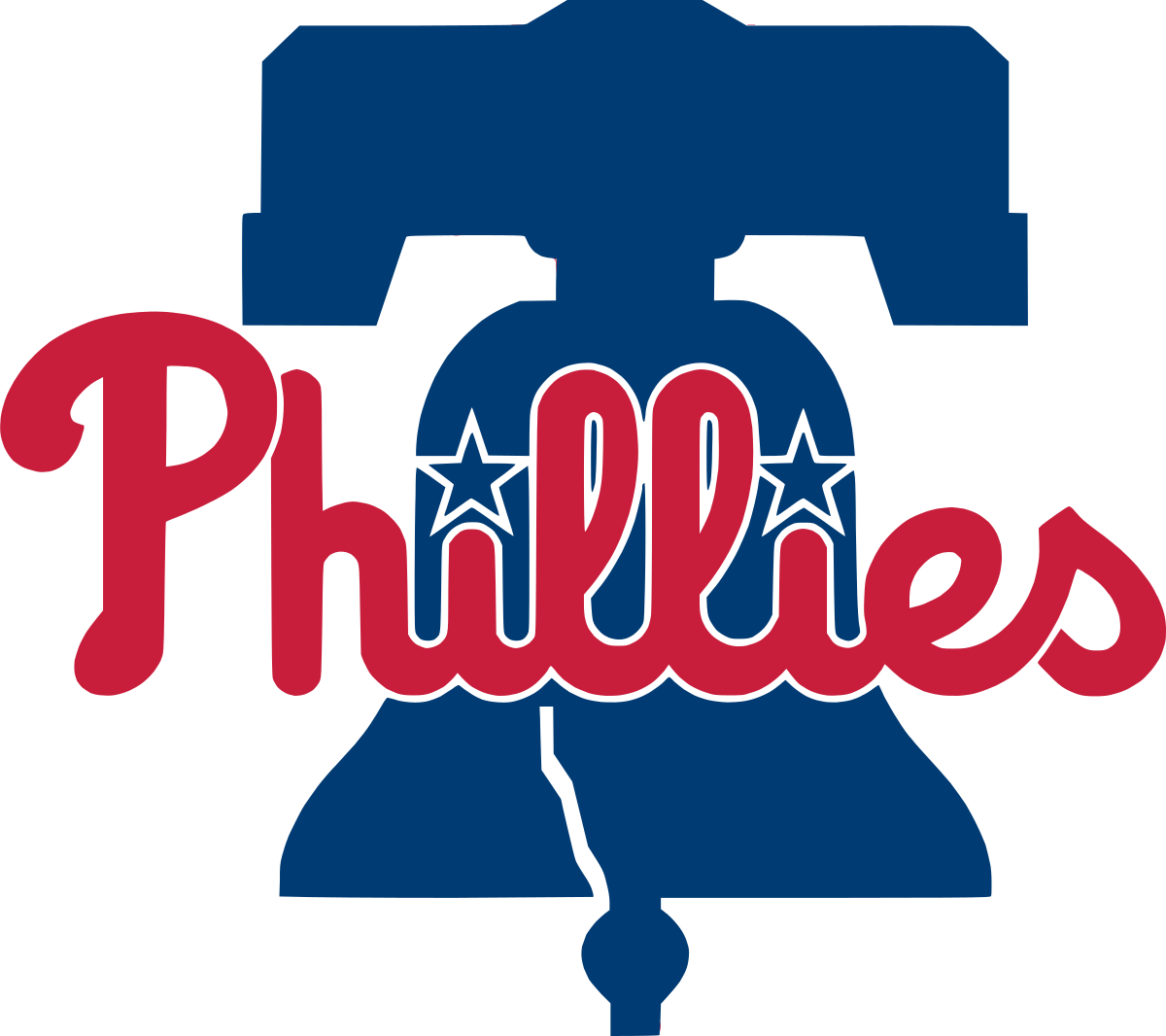 Philadelphia Phillies Flag
Philadelphia Phillies Flag Pittsburgh Pirates Flag
Pittsburgh Pirates Flag San Diego Padres Flag
San Diego Padres Flag San Francisco Giants Flag
San Francisco Giants Flag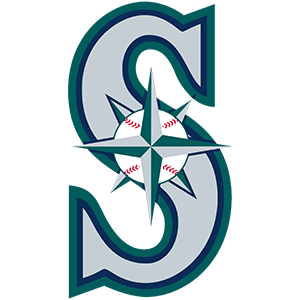 Seattle Mariners Flag
Seattle Mariners Flag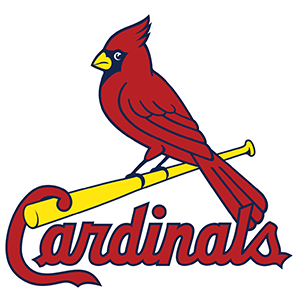 St. Louis Cardinals Flag
St. Louis Cardinals Flag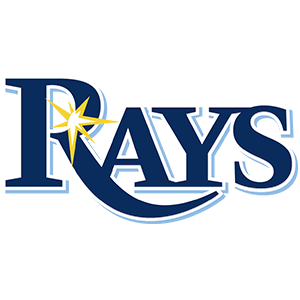 Tampa Bay Rays Flag
Tampa Bay Rays Flag Texas Rangers Flag
Texas Rangers Flag Toronto Blue Jays Flag
Toronto Blue Jays Flag Washington Nationals Flag
Washington Nationals Flag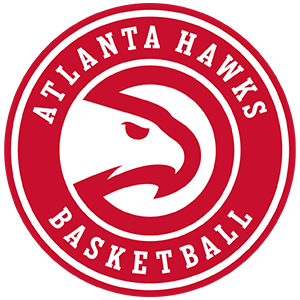 Atlanta Hawks Flag
Atlanta Hawks Flag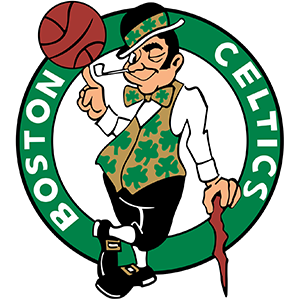 Boston Celtics Flag
Boston Celtics Flag Brooklyn Nets Flag
Brooklyn Nets Flag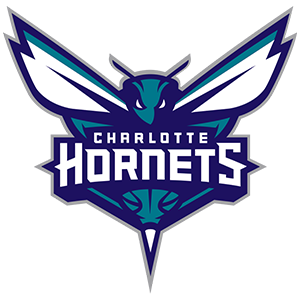 Charlotte Hornets Flag
Charlotte Hornets Flag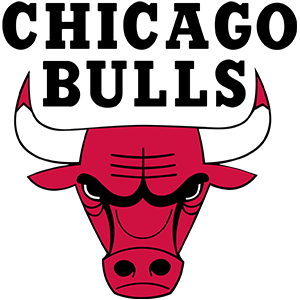 Chicago Bulls Flag
Chicago Bulls Flag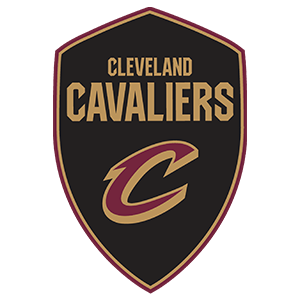 Cleveland Cavaliers Flag
Cleveland Cavaliers Flag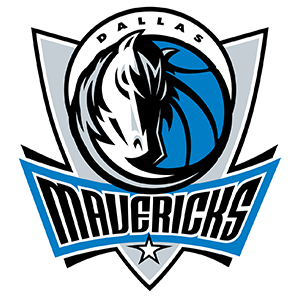 Dallas Mavericks Flag
Dallas Mavericks Flag Denver Nuggets Flag
Denver Nuggets Flag Detroit Pistons Flag
Detroit Pistons Flag Golden State Warriors Flag
Golden State Warriors Flag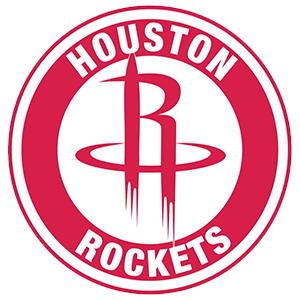 Houston Rockets Flag
Houston Rockets Flag Indiana Pacers Flag
Indiana Pacers Flag LA Clippers Flag
LA Clippers Flag Los Angeles Lakers Flag
Los Angeles Lakers Flag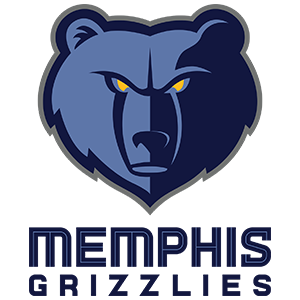 Memphis Grizzlies Flag
Memphis Grizzlies Flag Miami Heat Flag
Miami Heat Flag Milwaukee Bucks Flag
Milwaukee Bucks Flag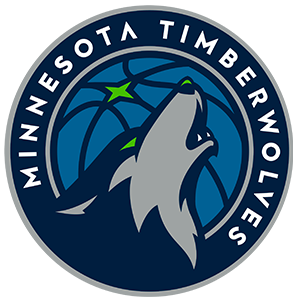 Minnesota Timberwolves Flag
Minnesota Timberwolves Flag New Orleans Pelicans Flag
New Orleans Pelicans Flag New York Knicks Flag
New York Knicks Flag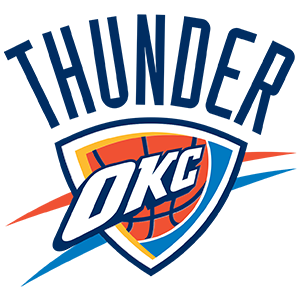 Oklahoma City Thunder Flag
Oklahoma City Thunder Flag Orlando Magic Flag
Orlando Magic Flag Philadelphia 76ers Flag
Philadelphia 76ers Flag Phoenix Suns Flag
Phoenix Suns Flag Portland Trail Blazers Flag
Portland Trail Blazers Flag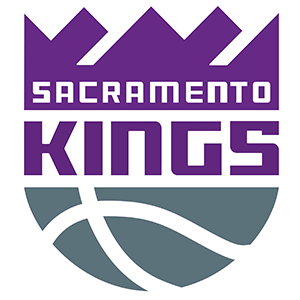 Sacramento Kings Flag
Sacramento Kings Flag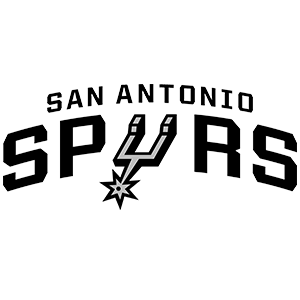 San Antonio Spurs Flag
San Antonio Spurs Flag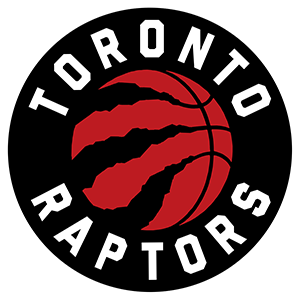 Toronto Raptors Flag
Toronto Raptors Flag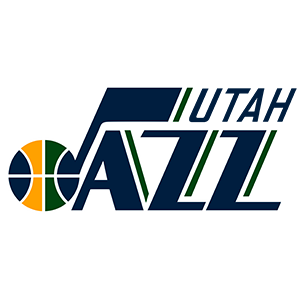 Utah Jazz Flag
Utah Jazz Flag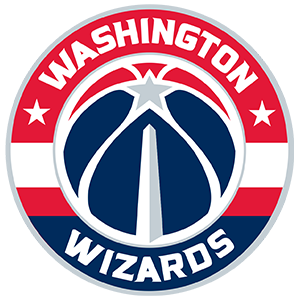 Washington Wizards Flag
Washington Wizards Flag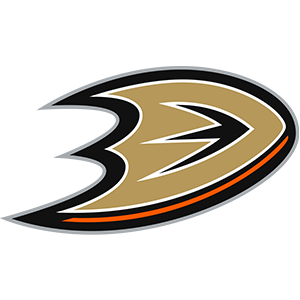 Anaheim Ducks Flag
Anaheim Ducks Flag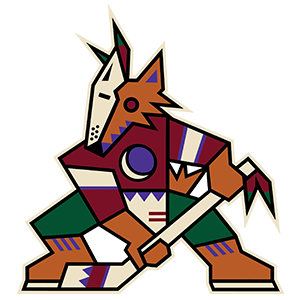 Arizona Coyotes Flag
Arizona Coyotes Flag Boston Bruins Flag
Boston Bruins Flag Buffalo Sabres Flag
Buffalo Sabres Flag Calgary Flames Flag
Calgary Flames Flag Carolina Hurricanes Flag
Carolina Hurricanes Flag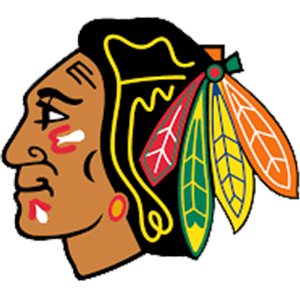 Chicago Blackhawks Flag
Chicago Blackhawks Flag Colorado Avalanche Flag
Colorado Avalanche Flag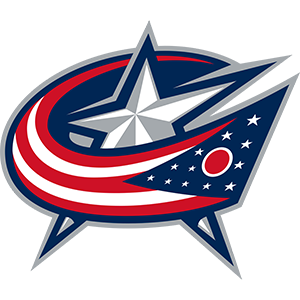 Columbus Blue Jackets Flag
Columbus Blue Jackets Flag Dallas Stars Flag
Dallas Stars Flag Detroit Red Wings Flag
Detroit Red Wings Flag Edmonton Oilers Flag
Edmonton Oilers Flag Florida Panthers Flag
Florida Panthers Flag Los Angeles Kings Flag
Los Angeles Kings Flag Minnesota Wild Flag
Minnesota Wild Flag Montreal Canadiens Flag
Montreal Canadiens Flag Nashville Predators Flag
Nashville Predators Flag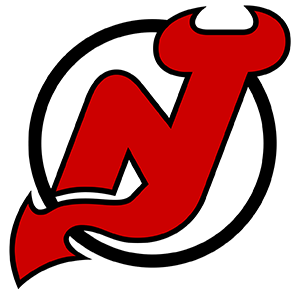 New Jersey Devils Flag
New Jersey Devils Flag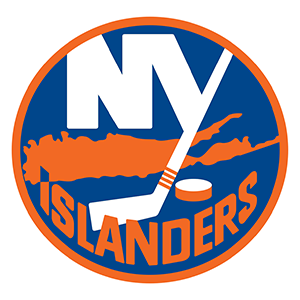 New York Islanders Flag
New York Islanders Flag New York Rangers Flag
New York Rangers Flag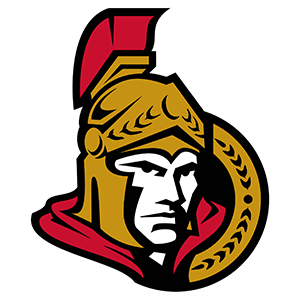 Ottawa Senators Flag
Ottawa Senators Flag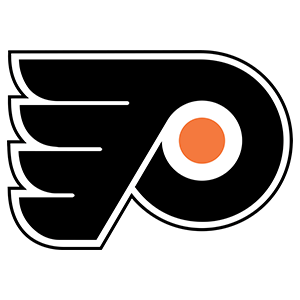 Philadelphia Flyers Flag
Philadelphia Flyers Flag Pittsburgh Penguins Flag
Pittsburgh Penguins Flag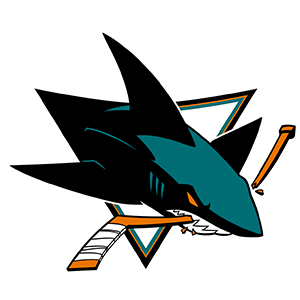 San Jose Sharks Flag
San Jose Sharks Flag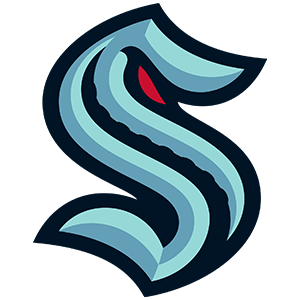 Seattle Kraken Flag
Seattle Kraken Flag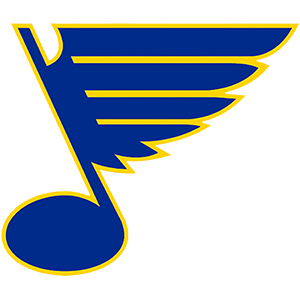 St. Louis Blues Flag
St. Louis Blues Flag Tampa Bay Lightning Flag
Tampa Bay Lightning Flag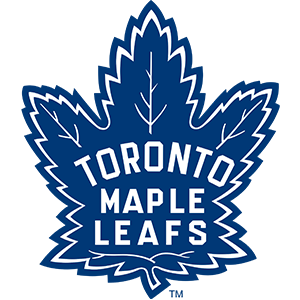 Toronto Maple Leafs Flag
Toronto Maple Leafs Flag Vancouver Canucks Flag
Vancouver Canucks Flag Vegas Golden Knights Flag
Vegas Golden Knights Flag Washington Capitals Flag
Washington Capitals Flag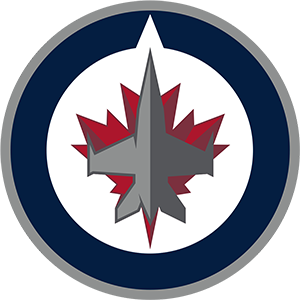 Winnipeg Jets Flag
Winnipeg Jets Flag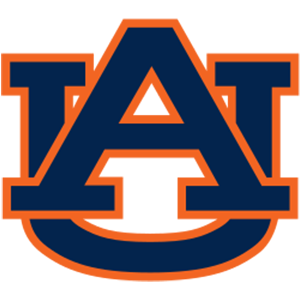 Auburn Tigers Flag
Auburn Tigers Flag Clemson Tigers Flag
Clemson Tigers Flag Florida Gators Flag
Florida Gators Flag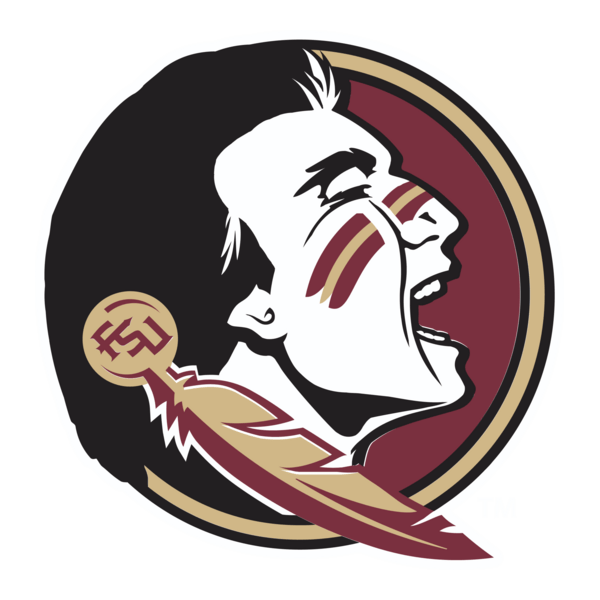 Florida State Seminoles Flag
Florida State Seminoles Flag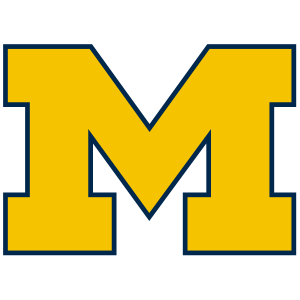 Michigan Wolverines Flag
Michigan Wolverines Flag Nebraska Cornhuskers Flag
Nebraska Cornhuskers Flag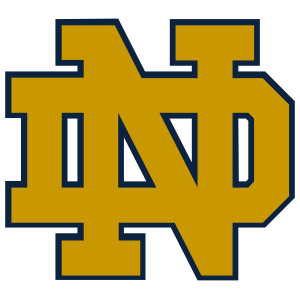 Notre Dame Fighting Irish Flag
Notre Dame Fighting Irish Flag Ohio State Buckeyes Flag
Ohio State Buckeyes Flag Oklahoma Sooners Flag
Oklahoma Sooners Flag Oregon Ducks Flag
Oregon Ducks Flag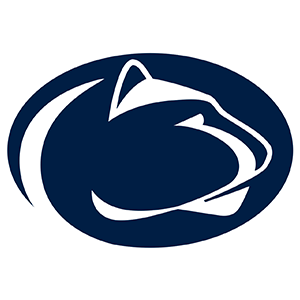 Penn State Nittany Lions Flag
Penn State Nittany Lions Flag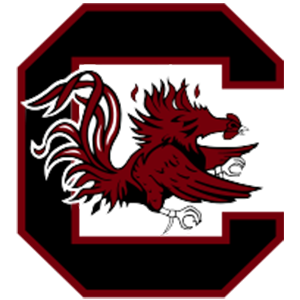 South Carolina Gamecocks Flag
South Carolina Gamecocks Flag Tennessee Volunteers Flag
Tennessee Volunteers Flag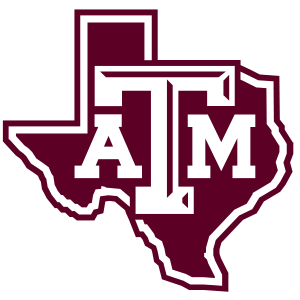 Texas A&M Aggies Flag
Texas A&M Aggies Flag Texas Longhorns Flag
Texas Longhorns Flag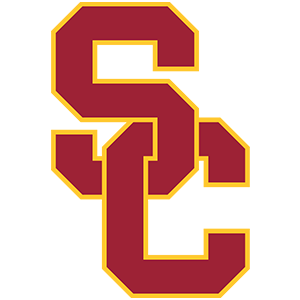 USC Trojans Flag
USC Trojans Flag